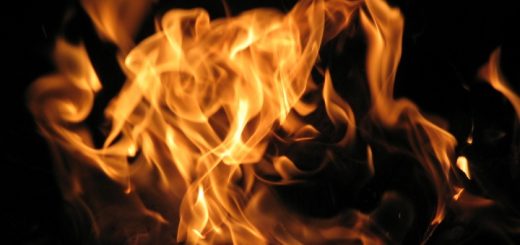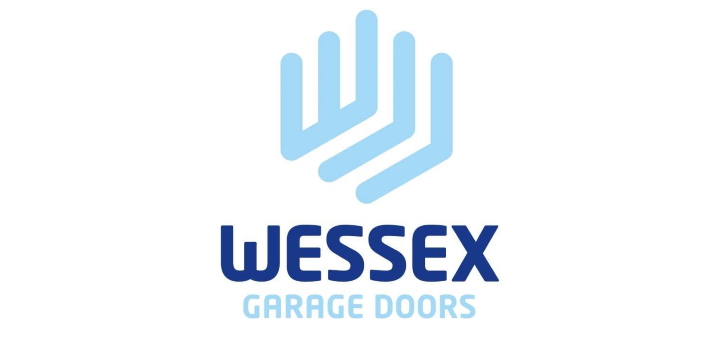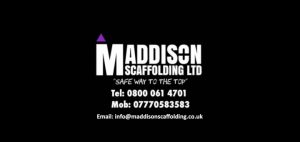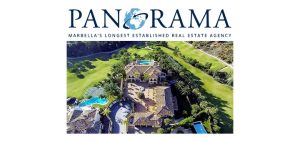A complete guide to EWS1 surveys
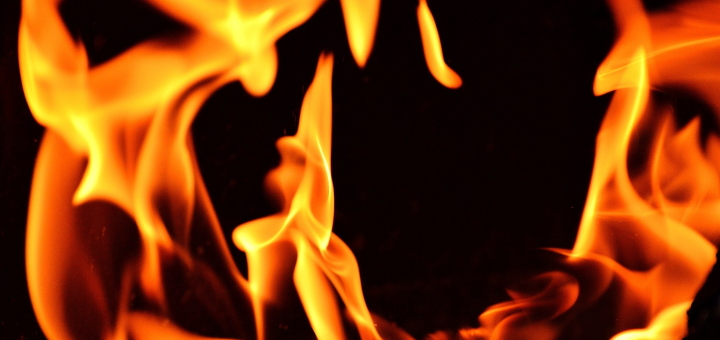
After the residential block, Glenfell Tower, caught fire in North Kensington in June 2017, the importance of fire safety took centre stage.
Wide and far-reaching changes have been enacted ever since then to negate the chances of such a disaster from recurring. Part of the changes has been the introduction of health and safety assessments to ensure that tenants are well-protected.
The External Wall Fire Review is one of such assessments that were designed to assess fire safety. Herein we will delve into EWS1 surveys and the associated EWS1 form.
What is an EWS1 survey?
The External Wall Fire Review was developed in consultation with a wide range of stakeholders, including lenders, fire engineers, values, and many other industry players.
To streamline the survey process and improve the efficiency of conducting the survey, RICS, UK Finances and the BSA (Building Societies Associations) agreed to an industry-wide process known as the External Wall Fire Review (EWFR). All qualified assessors use and follow the guidelines in the EWFR.
When conducting the survey, the independent contractor will assess a wide variety of elements in the building. An EWS1 survey is designed to assess:
- Buildings higher than 18m where there are concerns regarding the external wall systems;
- Buildings with attachments such as balconies that can be a fire concern; and
- Multi-storey and multi-occupied buildings with any other significant fire safety concerns, such as cladding systems.
The extent and complexity of the survey will be influenced by a number of factors, mainly the complexity of the external wall system and the size of the property. Therefore, the survey is truly a bespoke assessment for every building. And while the EWS1 survey is necessary, every building only needs one assessment, with the results of the survey being valid for five years.
What is an EWS1 form?
An EWS1 form is a form used to record the results of the External Wall Fire Review. Surveys are carried out on the external wall constructions in buildings either with a specific concern, or buildings with a height of 18 metres or more above ground level. The form is designed and intended to help fire surveyors record the result in a consistent manner.
The form should only be used when surveying combustibility tests of the external walls of high-rise residential buildings or apartment blocks with a particular risk of catching fire, owing to the presence of combustible materials within the vicinity.
An experienced and qualified professional should undertake the External Wall Fire Review with the results of the fire safety assessment confirmed in the EWS1 form. The results of the EWS1 survey, as confirmed in the EWS1 form, are valid for up to five years.
Crucially, the results of the survey assure lenders, residents, valuers, sellers and buyers of a building’s fire safety credentials.
Owing to the significance of having sound fire safety in high-rise buildings, the vast majority of financial institutions serving the property market are adopting the use of the EWS1 form.
During the valuation process, an EWS1 form for a particular building will ensure it meets the fire safety law and regulations to the highest standards. Property owners will need this document to complete financial transactions relating to multi-storey and multi-use buildings and flats, including remortgaging, leasing, selling and purchasing.
For an easier transition to the new system, property owners are encouraged to actively seek the EWS1 form.
What is a typical External Wall Fire Review process?
As mentioned above, External Wall Fire Reviews should only be performed by experienced and qualified personnel. As you can appreciate, the survey is not only critical for understanding the overall fire safety afforded by the building, but the results of the survey will influence the decisions that lenders, renters, and buyers take. The survey must be accurate.
As the first step of the survey, the assessor visits the site and inspects the building. He or she will inspect the site and check for possible combustibility as part of performing the External Wall Fire Review survey. Finally, the assessor will complete the EWS1 Form and sign it.
If the building’s external wall is unlikely to have any combustible materials, it will be reflected in the EWS1 form. On the other hand, if the assessor believes the walls have combustible material, that information will be recorded in the form.
Photo credit: Alexas_Fotos


